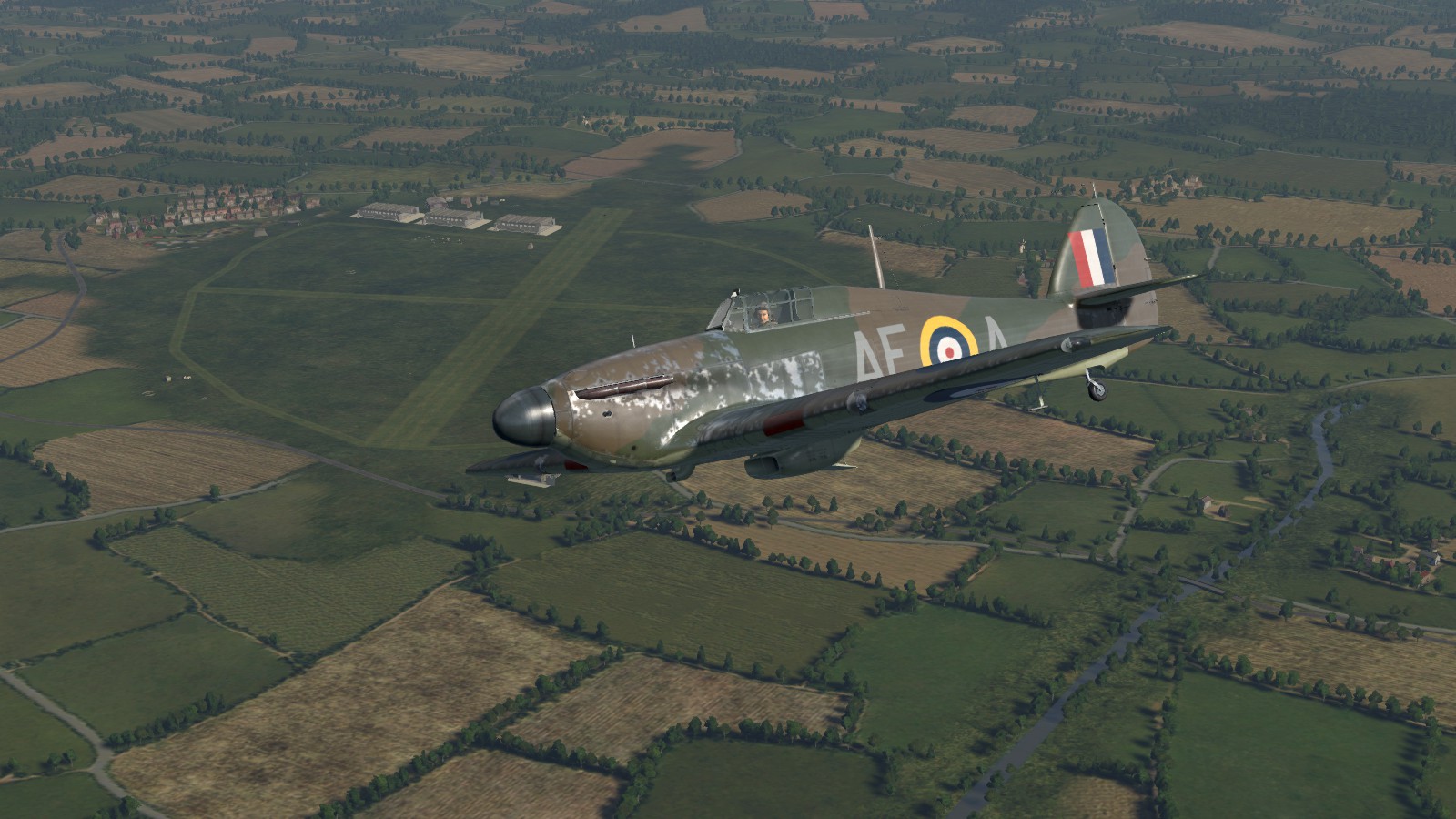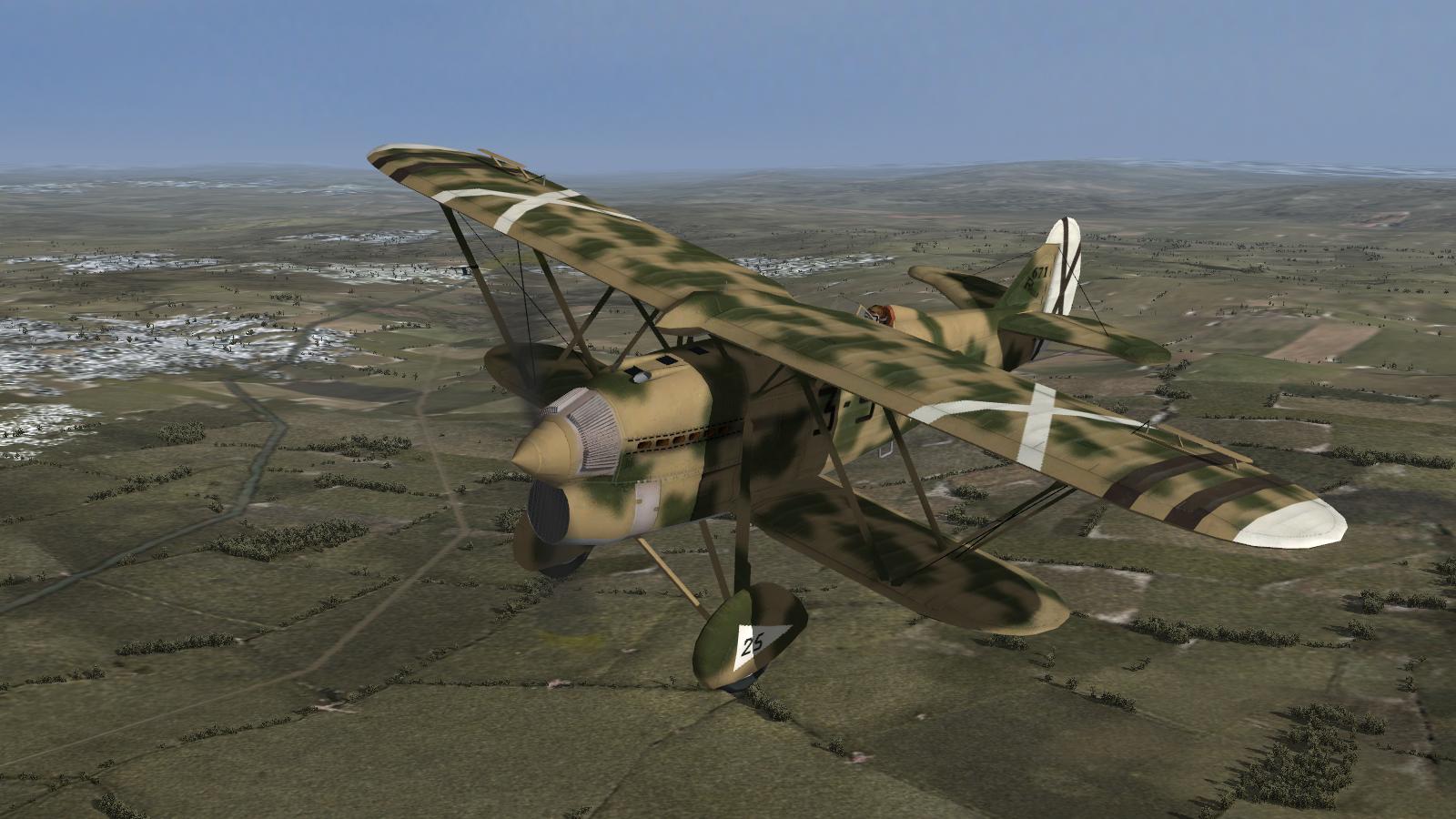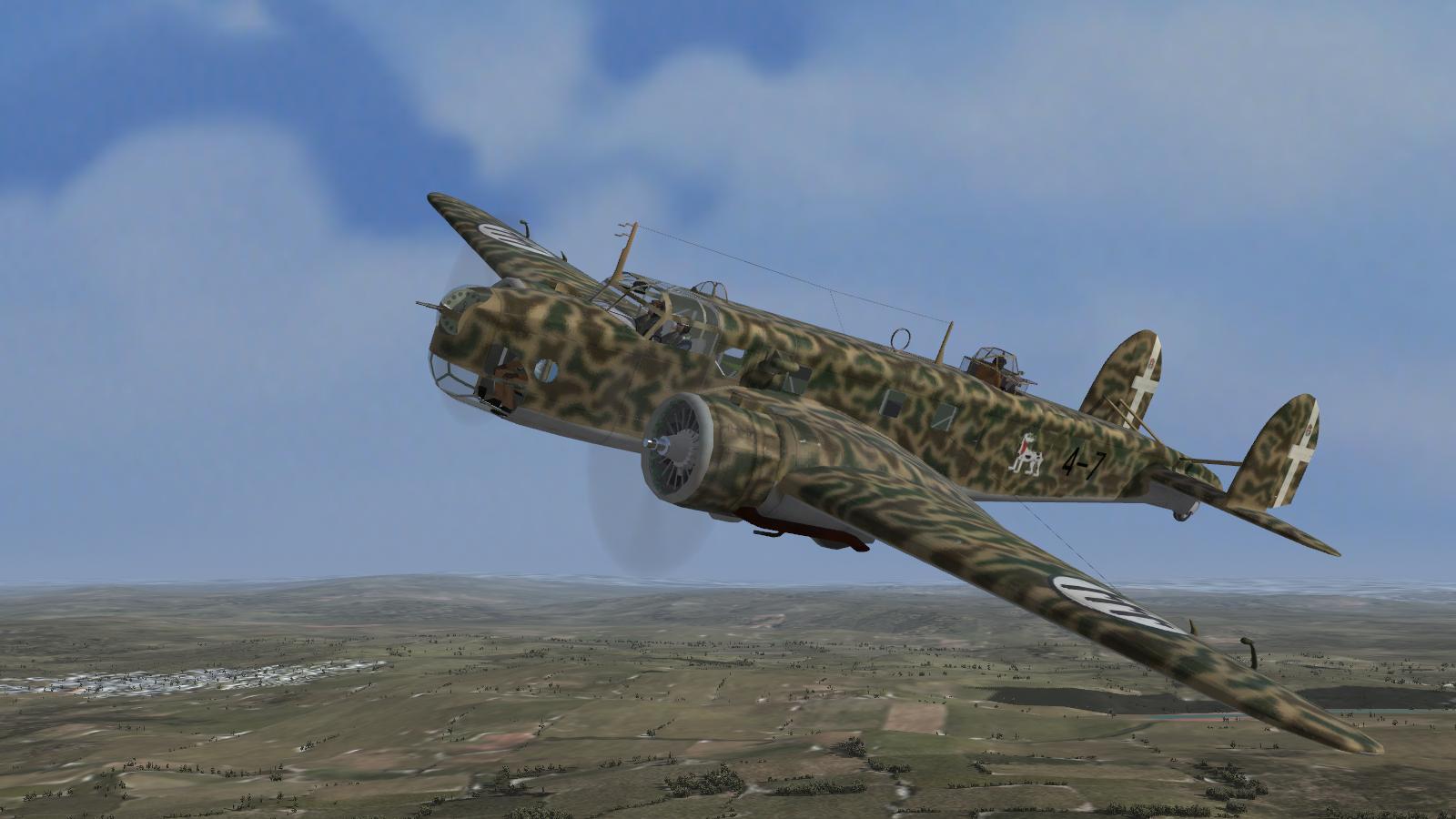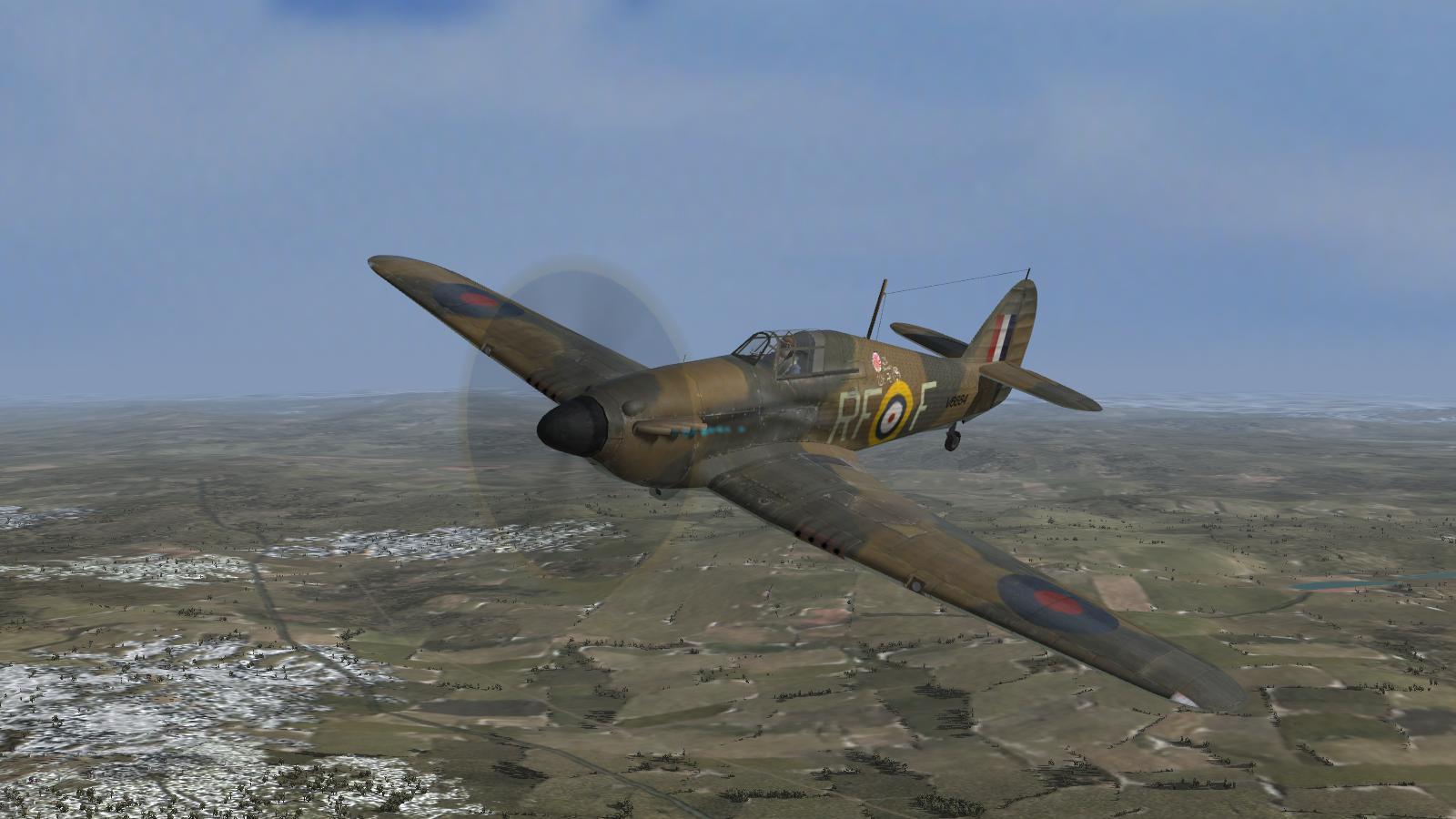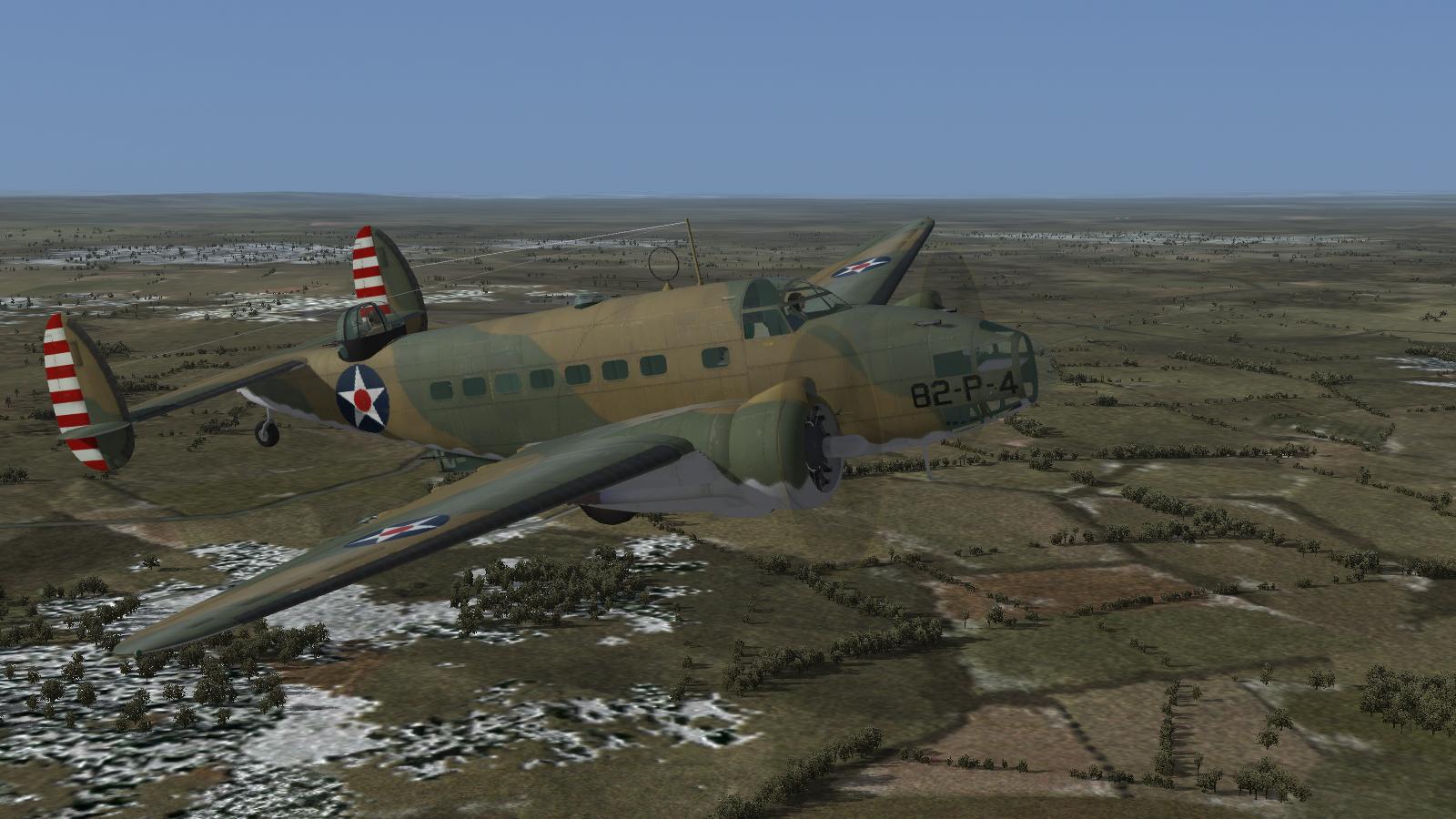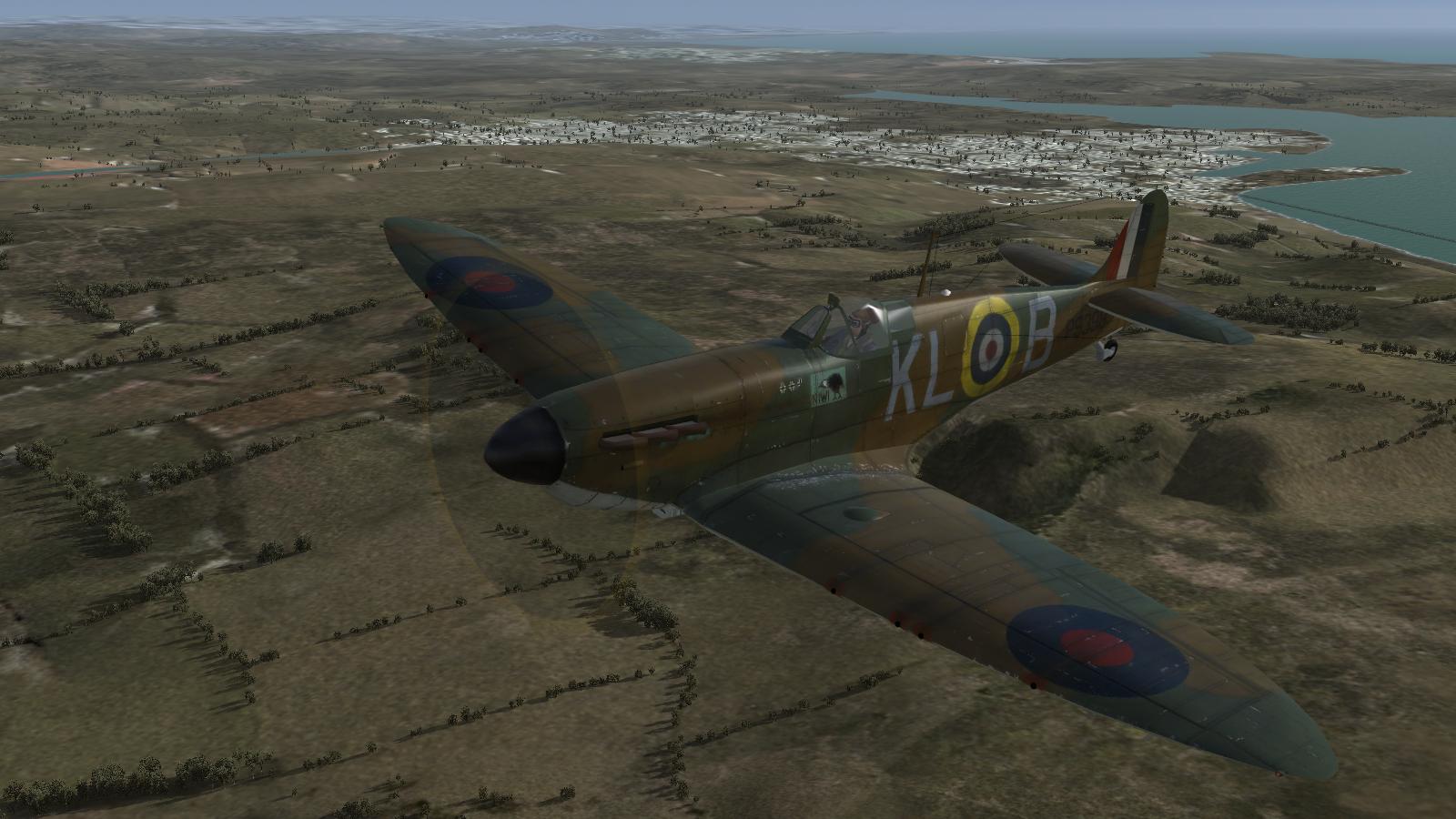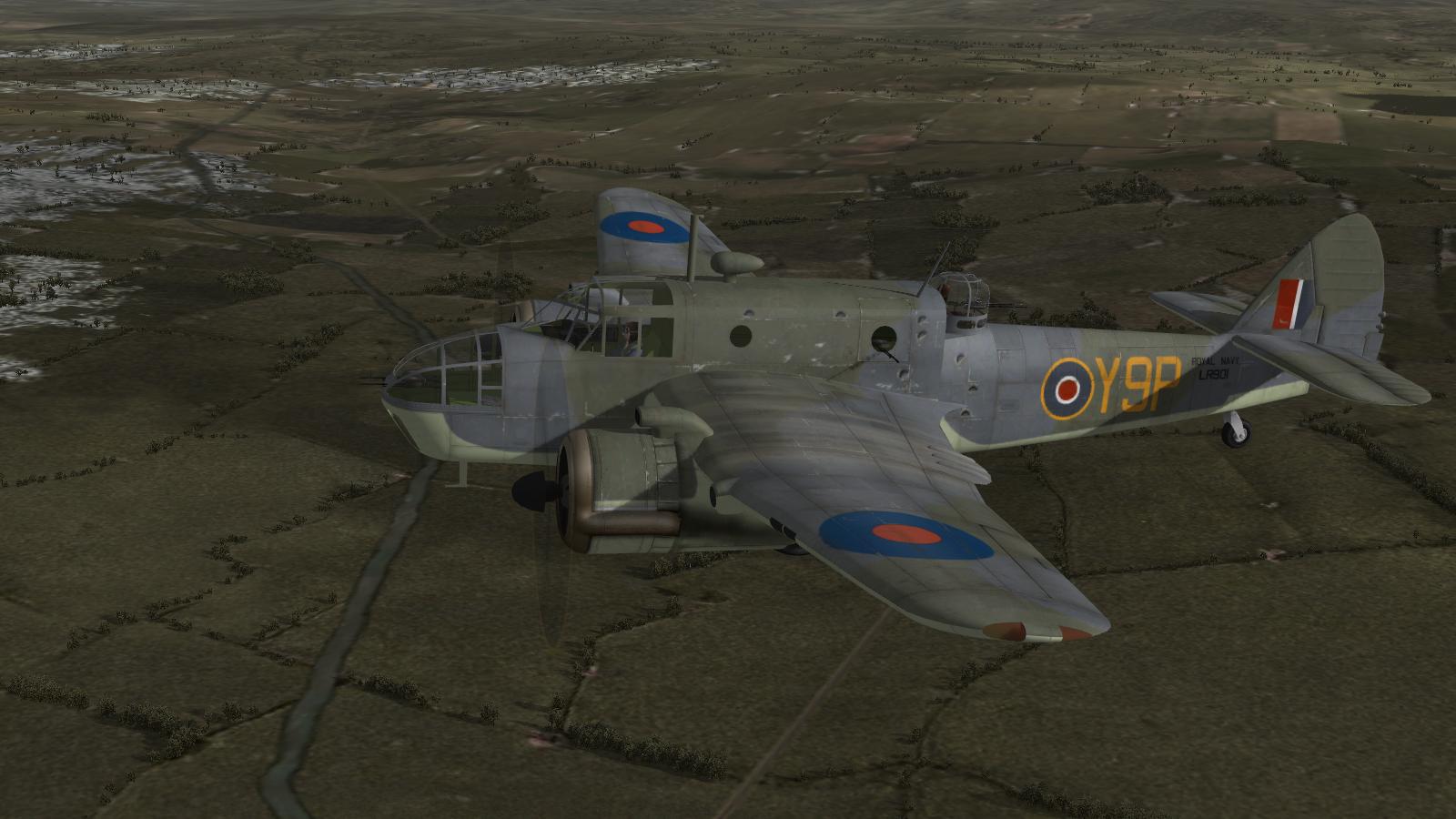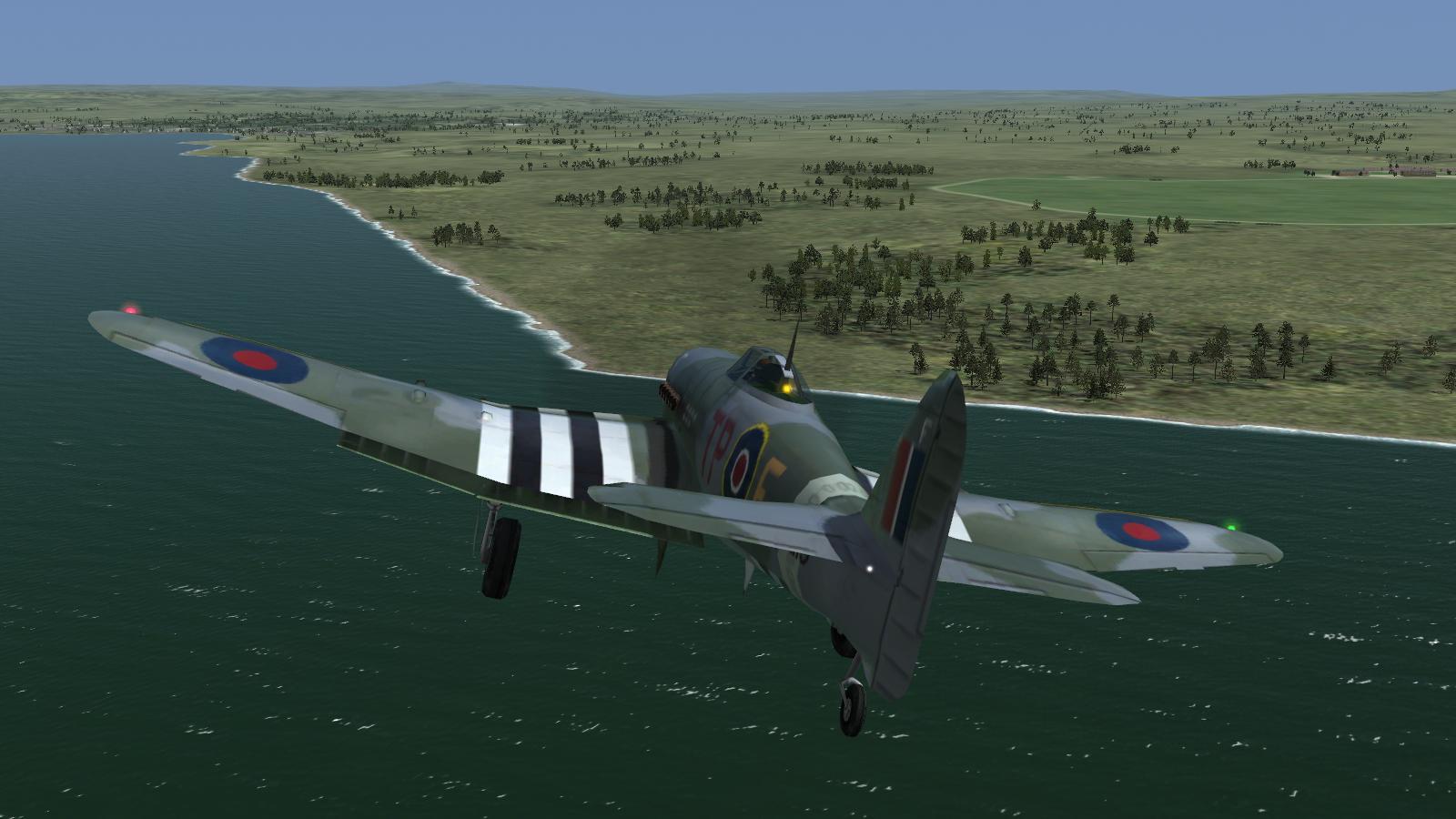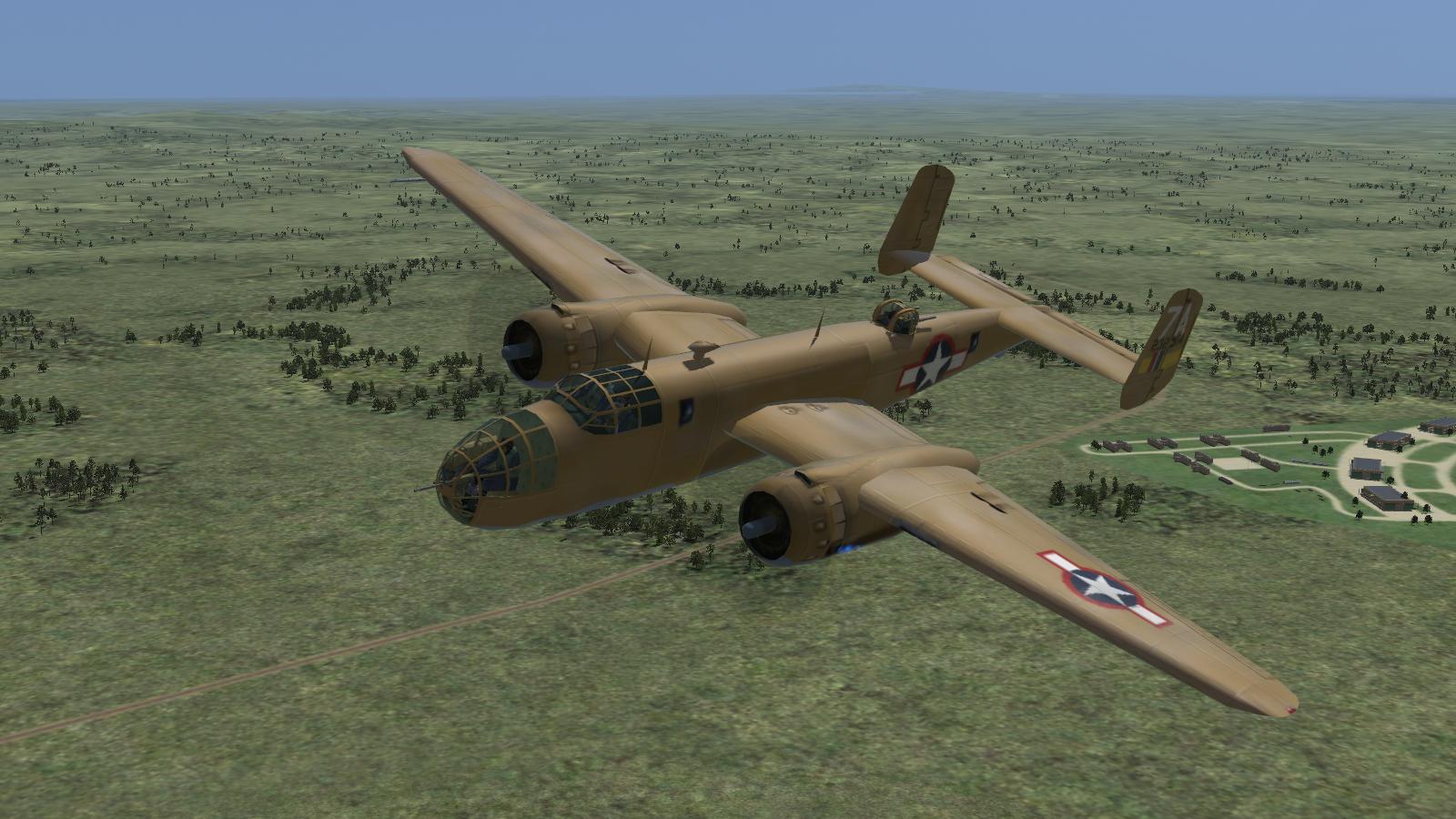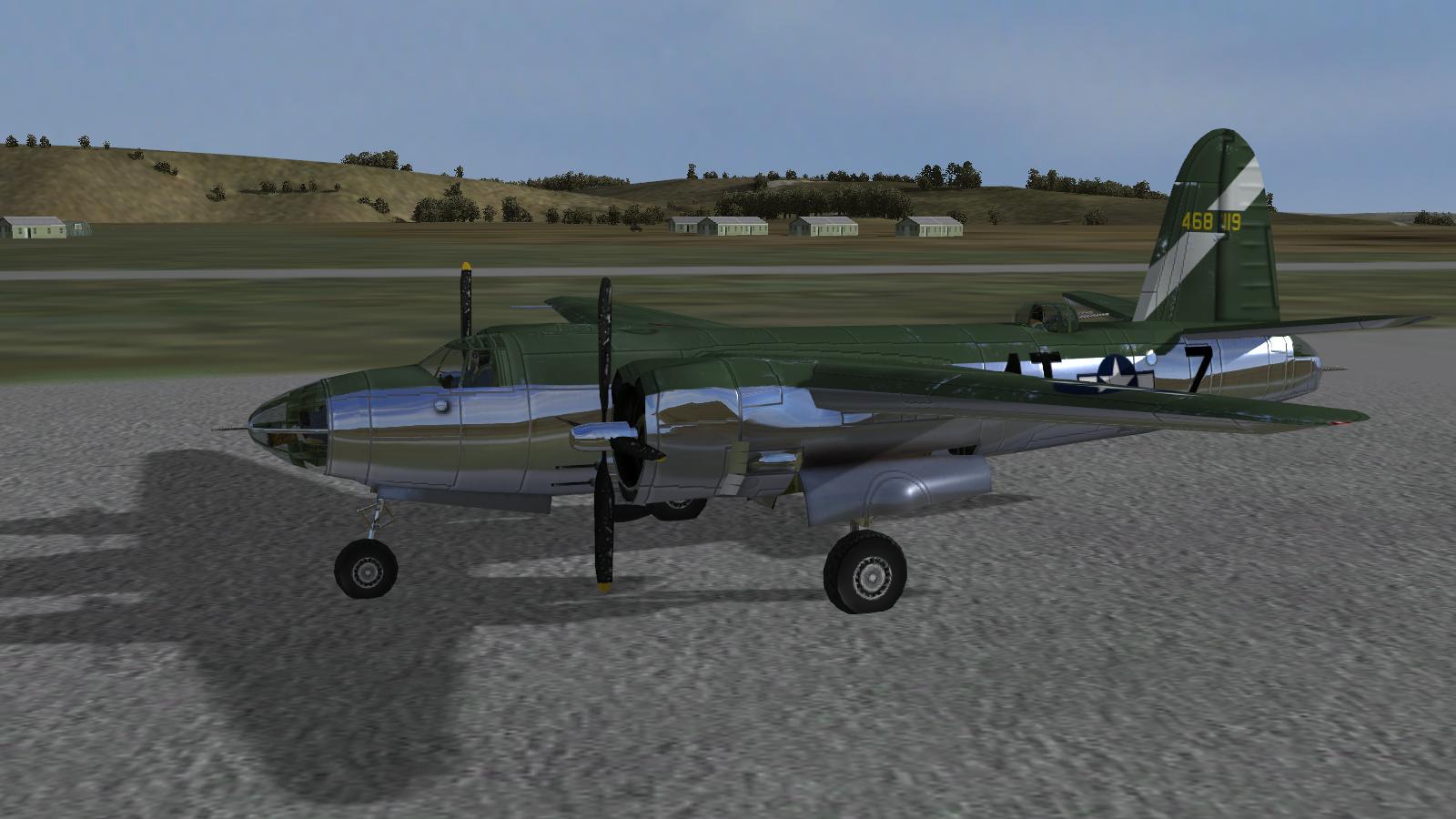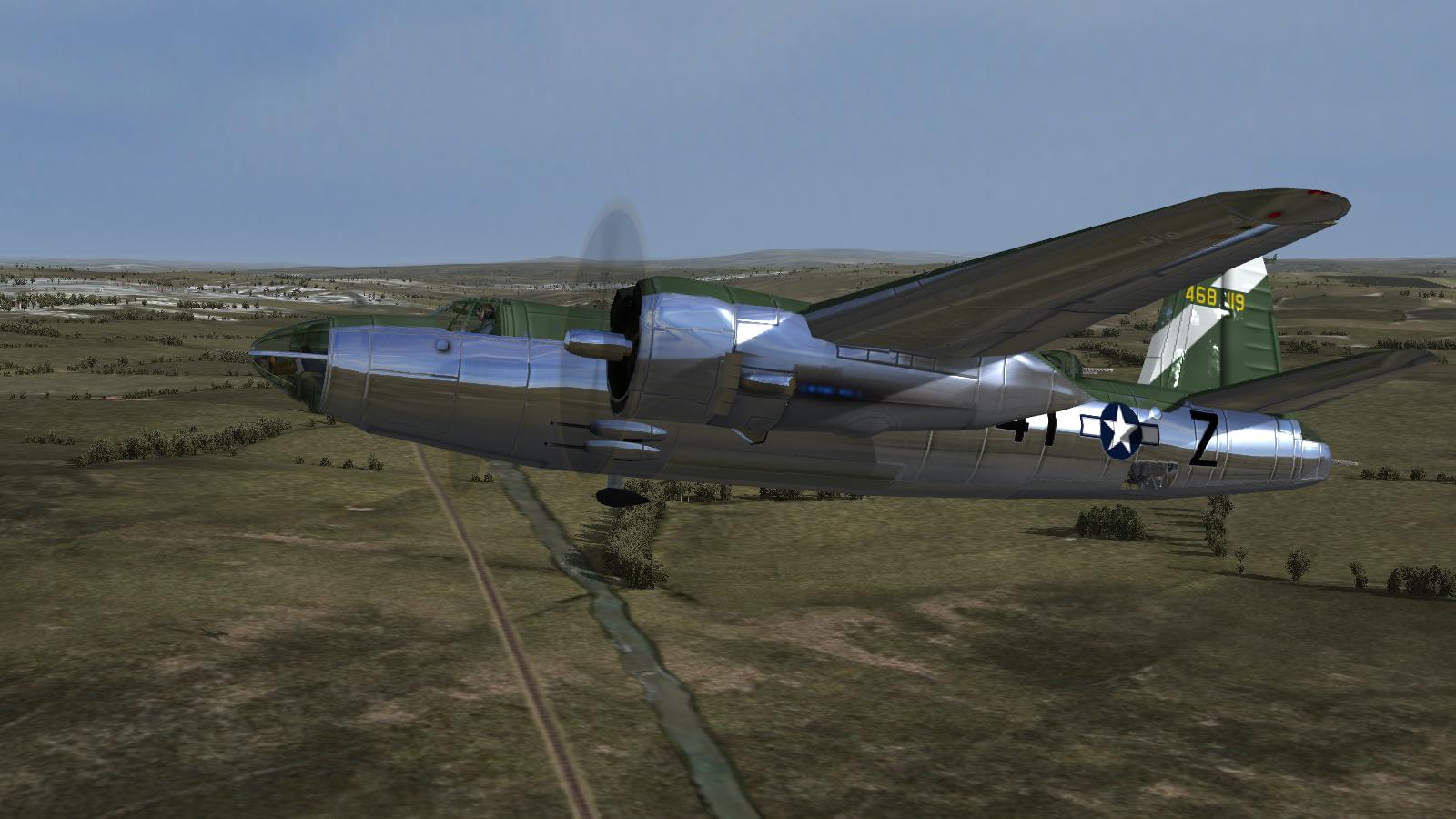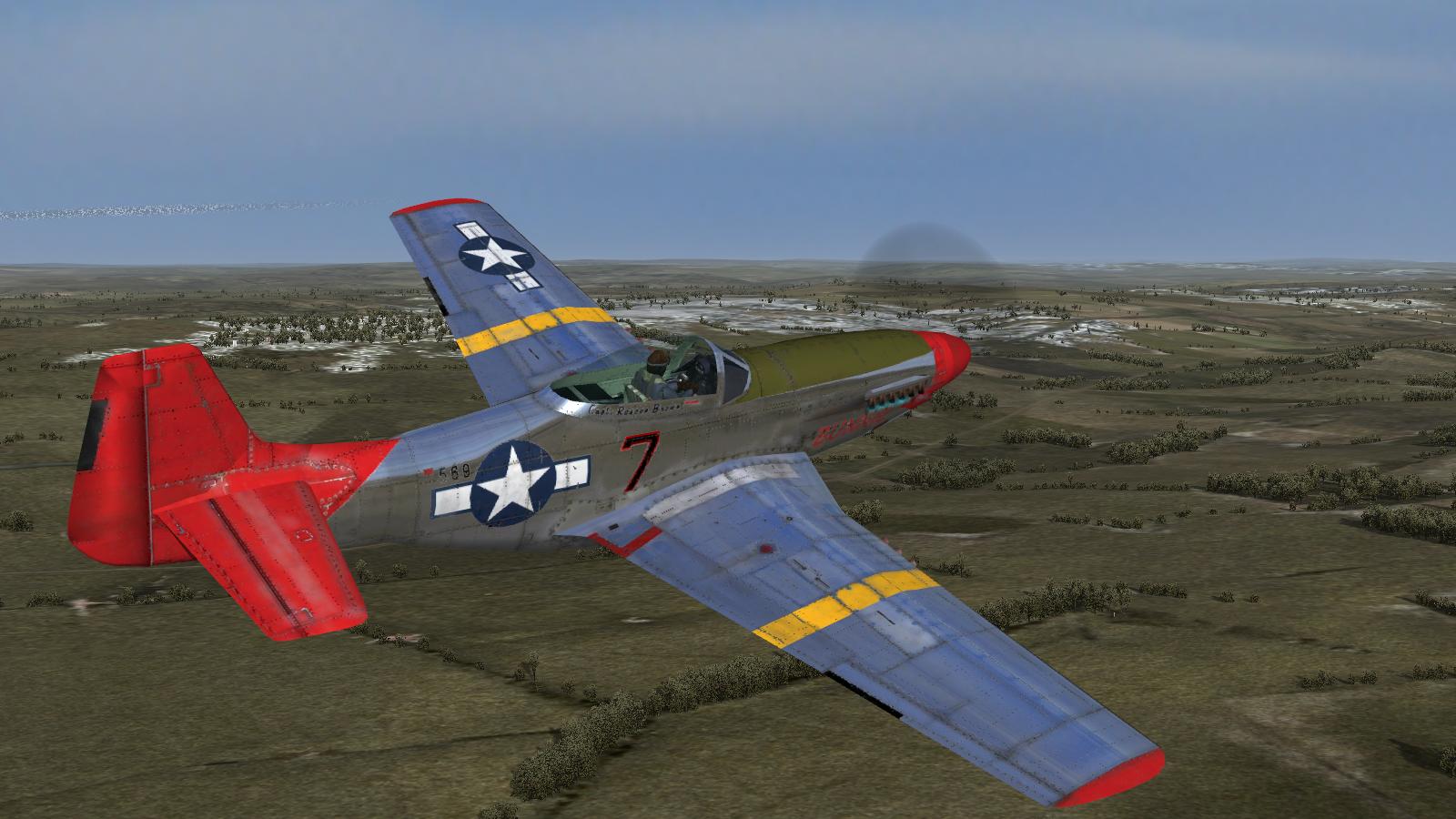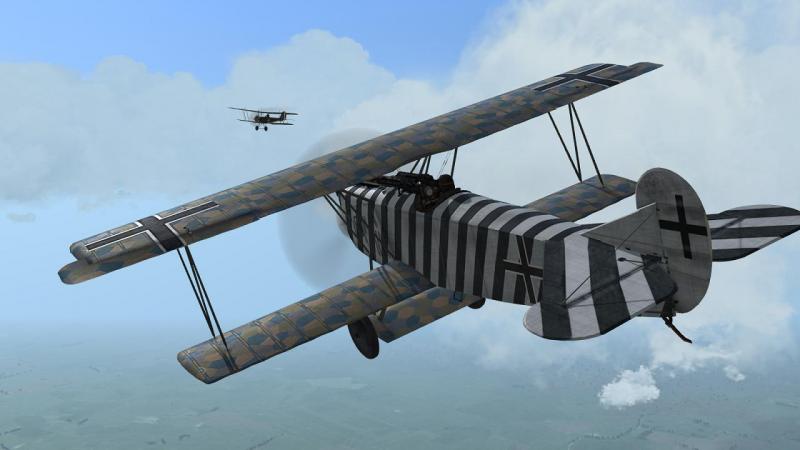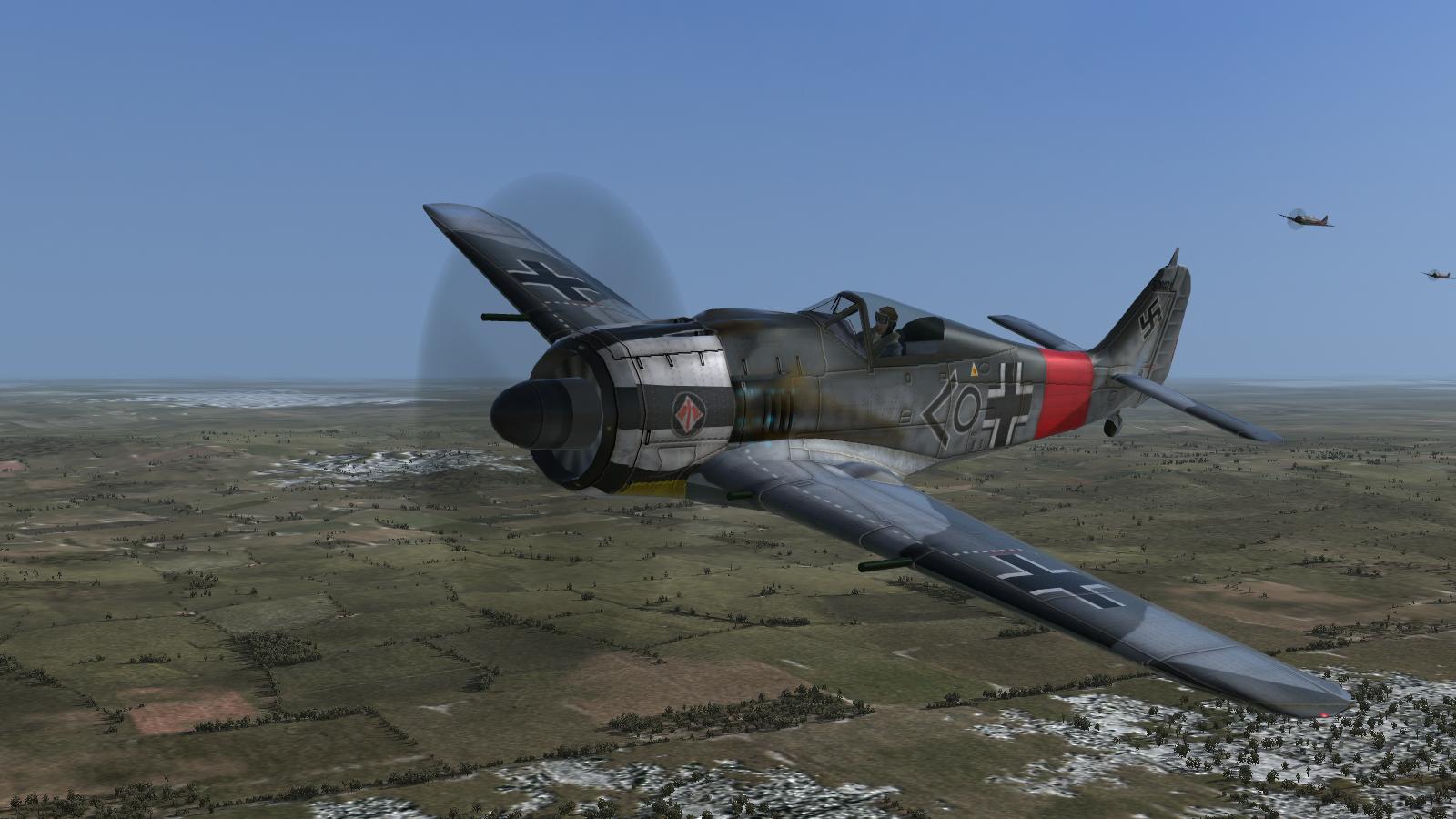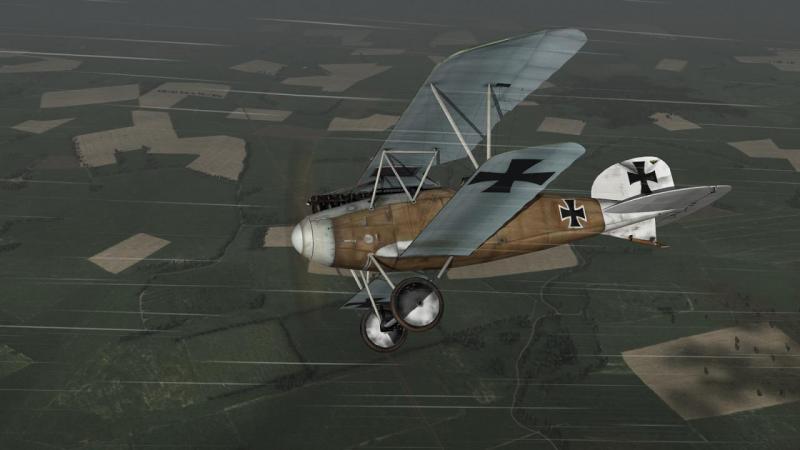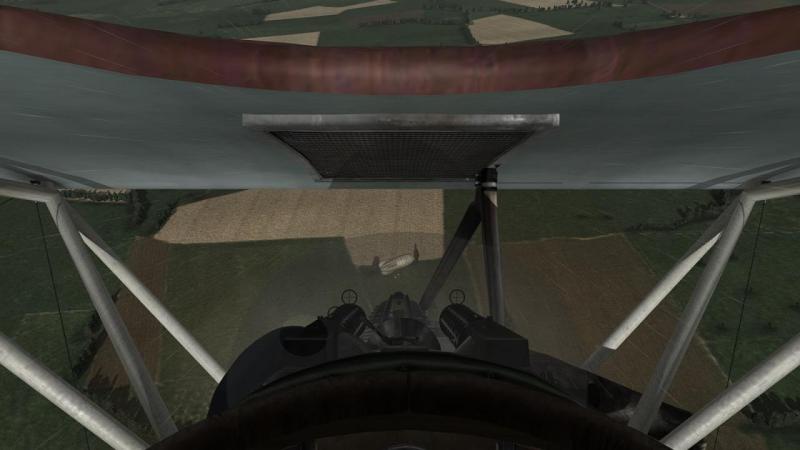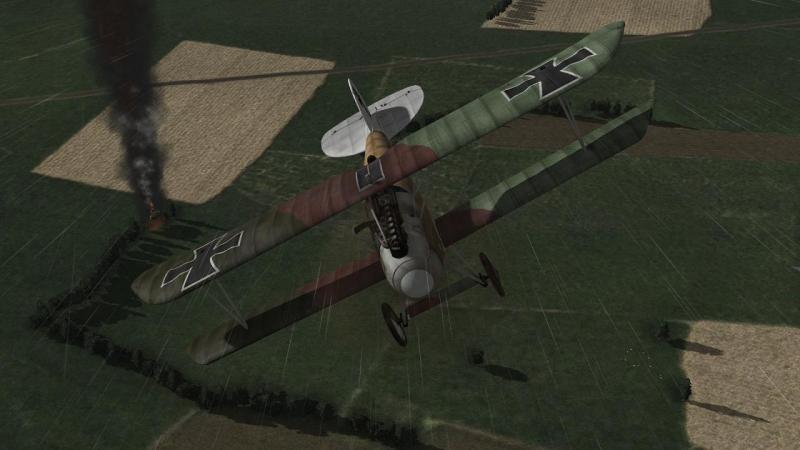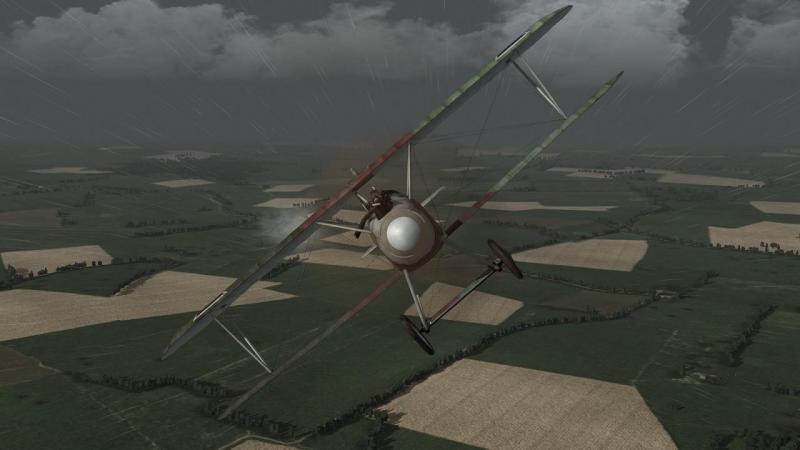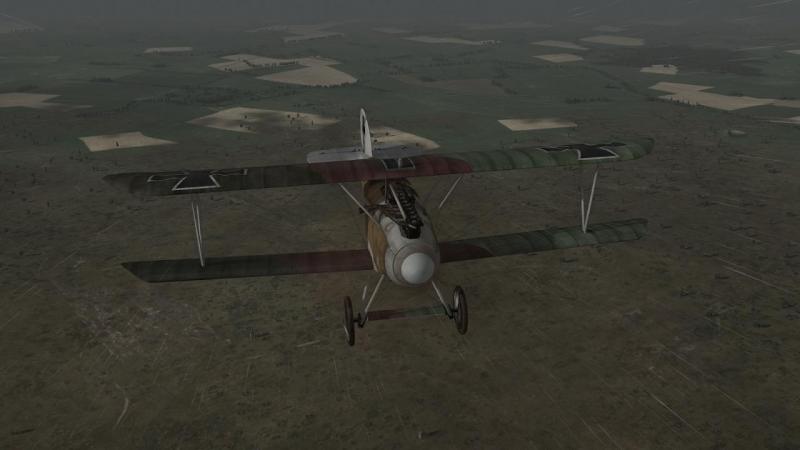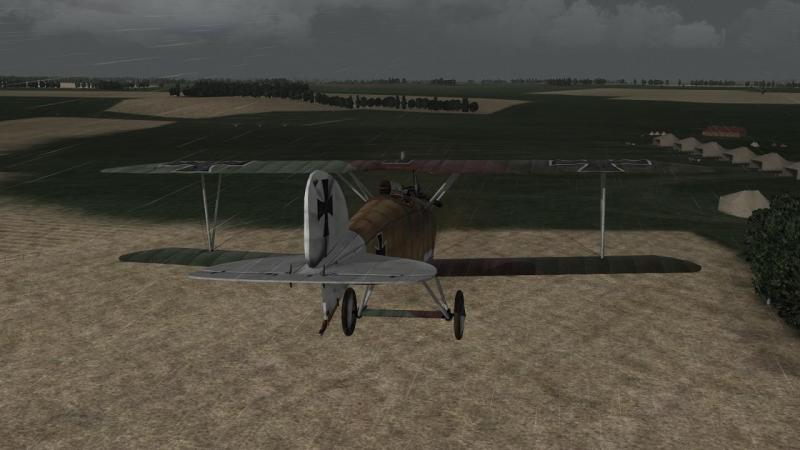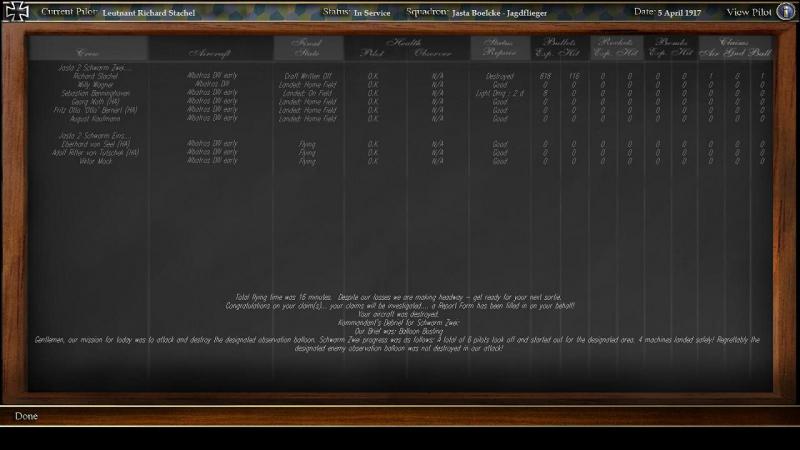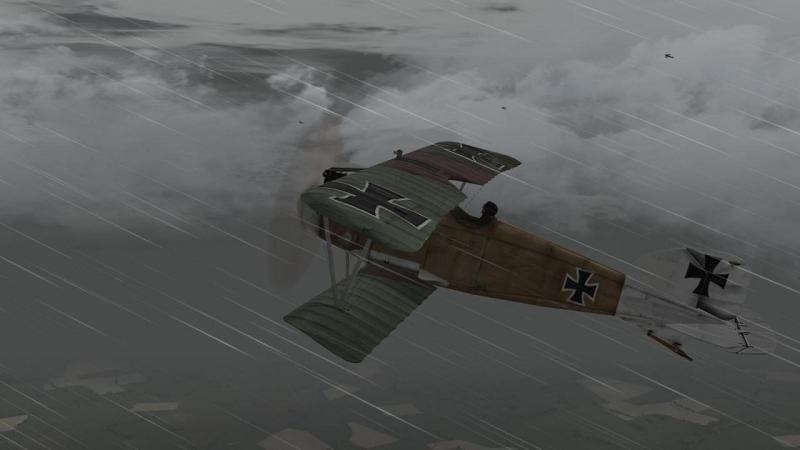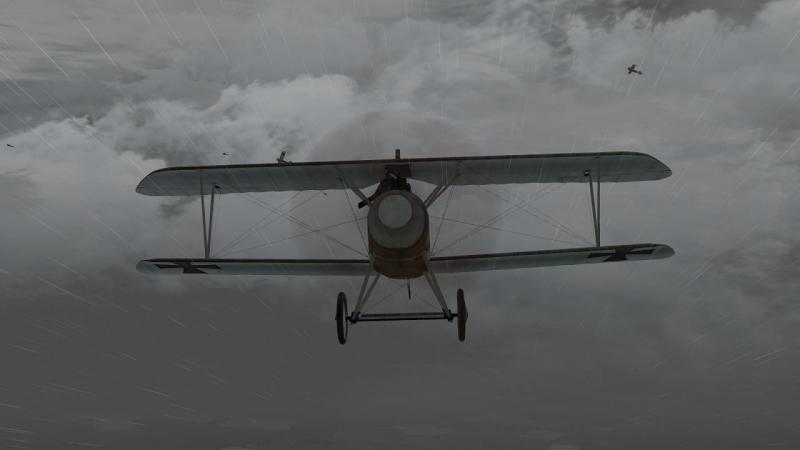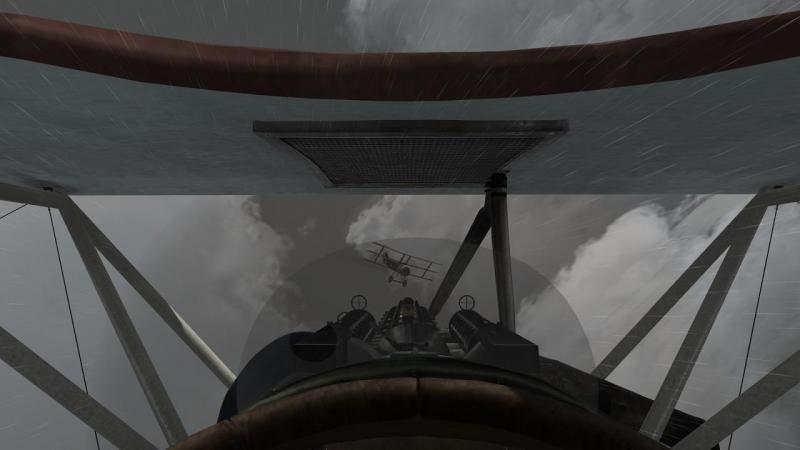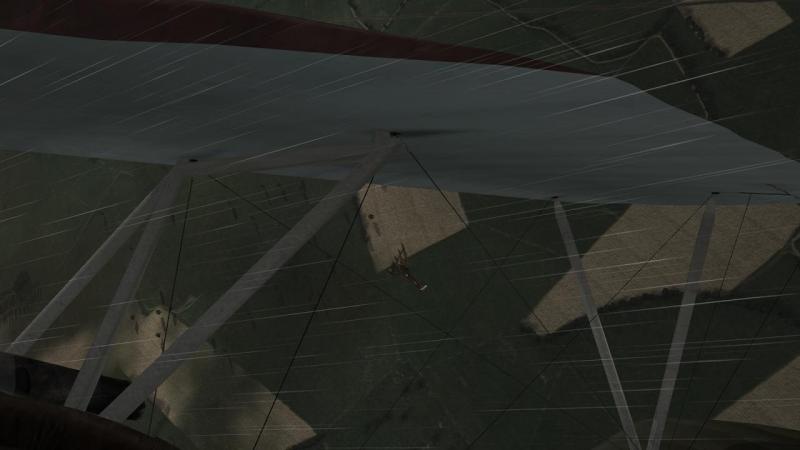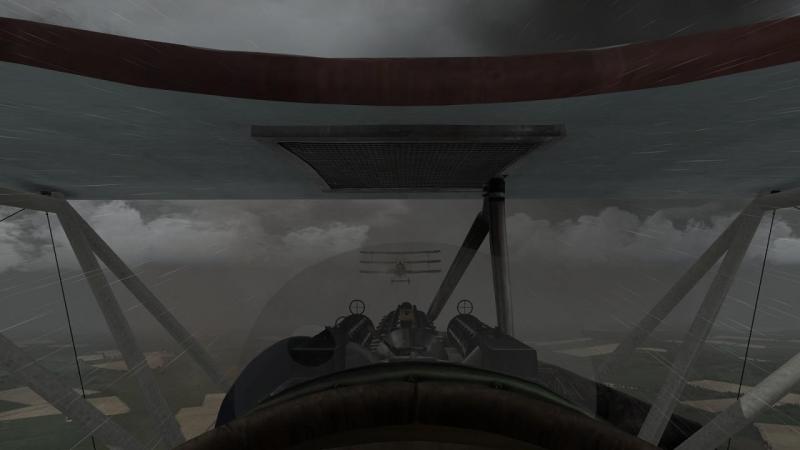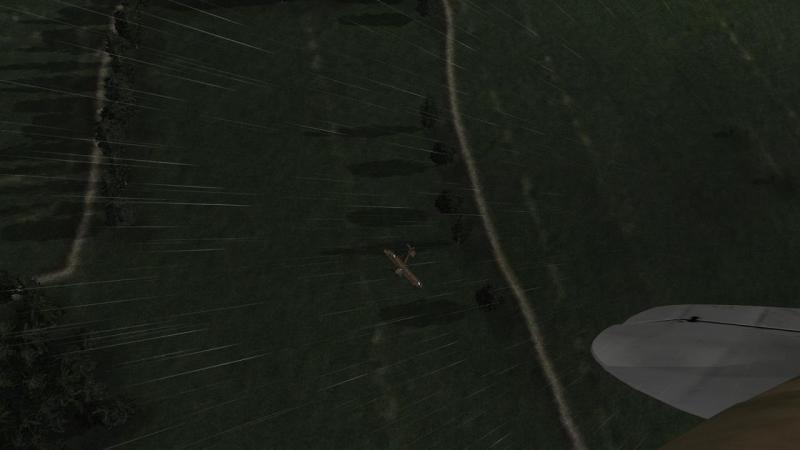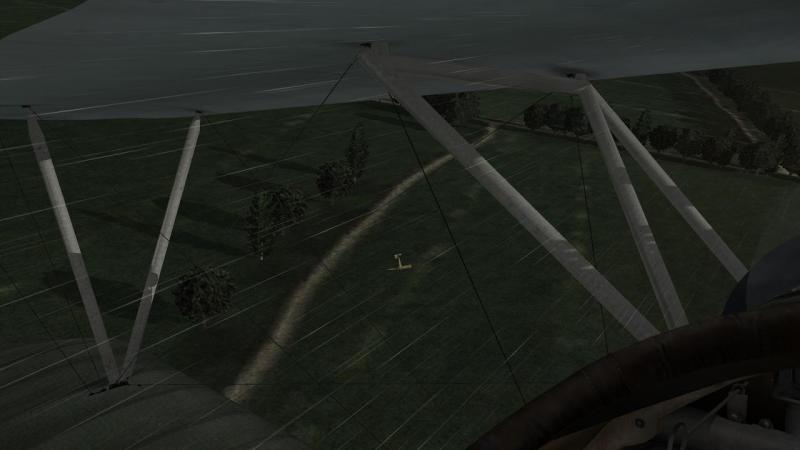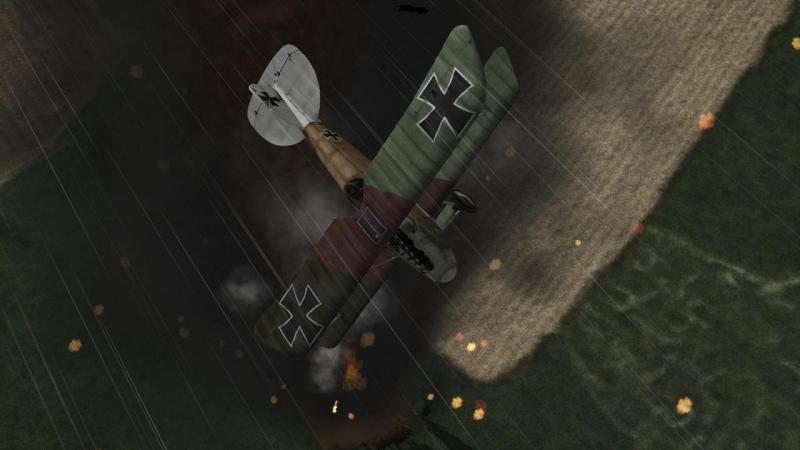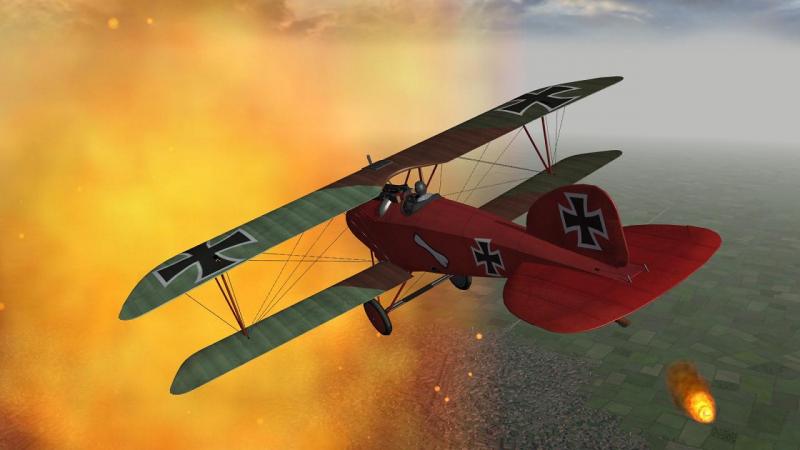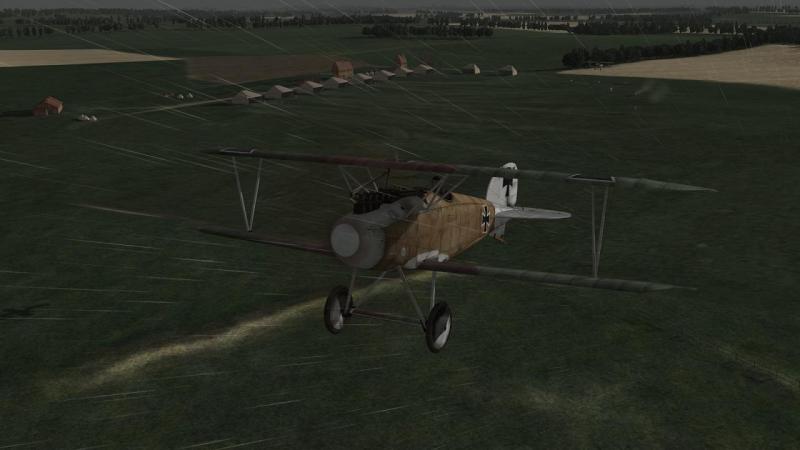-
Posts
3,749 -
Joined
-
Last visited
-
Days Won
7
Content Type
Profiles
Forums
Gallery
Downloads
Store
Everything posted by 33LIMA
-
From the album: Combat Sims
-
From the album: Combat Sims
-
From the album: Combat Sims
-
From the album: Combat Sims
-
From the album: Combat Sims
-
From the album: Combat Sims
-
From the album: Combat Sims
-
From the album: Combat Sims
-
From the album: Combat Sims
-
From the album: Combat Sims
-
From the album: Combat Sims
-
From the album: Combat Sims
-
From the album: Combat Sims
-
From the album: Combat Sims
-
From the album: Combat Sims
-
From the album: Combat Sims
-
From the album: Combat Sims
-
From the album: Combat Sims
-

WOFF Screenshot of the Month, July - 'Meet the Fokkers!'
33LIMA replied to 33LIMA's topic in WOFF UE/PE - General Discussion
Yes come on chaps, get posting! Doesn't have to be a different type of Fokker each time, there are plenty of different colour schemes available, especially now that the skin pack is free...here's Josef Mai's Fokker D.VIIf- 35 replies
-
- wings over flanders fields
- screenshot
-
(and 1 more)
Tagged with:
-
From the album: Combat Sims
-
From the album: Combat Sims
-
From the album: Combat Sims
-
Death of a sausage Coming out the other side, the cloud is more broken and I find myself over the enemy’s trench lines. From my map, I know that my target is somewhere ahead and to the right. And there he is, an indistinct pale grey spot which I can see is not attached to the scenery, but hovering above it. He’s quite low down, perhaps to give him a view below the clouds, and maybe a couple of miles off. I fly a little further west. The enemy AA seems not to have seen or identified me and there are no other aircraft about. So far, so good. I swing around to the right in a wide turn which is calculated to bring me in above my target. Just one pass, I tell myself, then it’s back across the Lines and home. This is no safe place for a solitary Albatros. You can just about see the balloon, a little grey splodge in the V-shaped area of green between the 'ears' of a cats-head-shaped cornfield, directly above the foremost cylinder of my aircraft's motor. I roll right and dive on the observation balloon. He doesn’t look as big a target as I expected and I wish I’d switched to the gunsight view, rather than aiming as I usually do, along the line of the cylinders of my inline engine. I’ve throttled back so I’m not diving too fast, but I’m still worried that I’m not going to get enough hits to knock him down in just one pass. But I needn’t have worried. A sudden flame bursts on top of the balloon and he lurches perceptibly. Then he’s gone in a gout of dark smoke and flying embers. An oily-looking trail of smoke follows what remains of him to the ground. I pull up and away, headed for the safety of our nearest front line positions. So far, even at the lowest point of my dive, I haven’t seen any of the MG fire from the ground that I’ve been expecting. And it is only after I have come off the target that I notice the grey bursts of enemy flak, appearing suddenly nearby. I continue to climb for home, throwing in an occasional jink to put off the enemy’s aim. This seems to have the desired effect, and the flak soon gives up. By now, I’m at the level of the lower clouds, ready to fly into one if an enemy patrol tries to cut me off. But I seem to have caught them all napping! I’ve just crossed our foremost trenches when I get a bit of a shock as an aircraft curves in towards me from my left rear. But I quickly identify him as another Albatros, one of my lost flight-mates rejoining in fact. Aircraft rendering in WoFF is much improved compared its predecessor, Over Flanders Fields, to the extent that it’s much easier, without zoom, to identify aircraft at a decent range. Together, we fly home. This time I decide to fly all the way back to Proville, which is almost due east of our target and not too far off. When we get there, I see three more of my flight have landed ahead of us. I overfly the airfield and land. Looking over at the other machines rather than where I’m going, I blot my copybook by running into a fence I didn’t see. Drat! The results screen shows me with claims for the triplane and a balloon, with my own machine wrecked by that darn fence in return! Happily, all the others have returned, with one machine lightly damaged and no casualties, though with no successes to show for it. For some reason, as other players have reported, despite knocking down what I’m convinced was my target balloon, the boss has decided that it wasn’t the one he wanted knocked down. Still, I’m quite pleased with my performance, and with the fact that the rest of the flight didn’t come to any harm in the absence of their leader. I decide that I do not wish to specialise in balloon attacks, and hope that the Staffelfuhrer is sufficiently unimpressed with my performance on this mission, that he will not come to a different conclusion! Hopefully I will soon be back to scrapping with the enemy in the air. And perhaps this awful weather will improve, too. At any rate, WoFF has succeeded nicely in easing me back into the role of a virtual First World War fighter pilot and flight leader; it's as if I've never been away!
-
Altogether, now...not... With my five flight-mates tucked in beside and behind me, I set course for the front, ignoring the recommended dog-leg route and slowly climbing to just below the briefed 3,000 metre altitude. If this meant I arrived in the target area ahead of the other flight of three Albatrosses, that was fine – they could cover us on the way back. As usual, I’m flying in the external view, and looking around. Not that there’s much to see, with rain and clouds hampering visibility. Also as usual, I have the Tactical Display turned off. Flying in this fashion, I’m still short of the front when a look behind at my formation reveals it’s no longer there. They have in fact turned right and are climbing hard, obviously towards something they have spotted. I feel like the Staffelfuher in The Blue Max who finds that contrary to orders to avoid air combat, everyone else has joined Bruno Stachel in attacking some SE5s. Except they didn’t even warn me first. I turn after them and scan the skies up ahead, trying to make out what it is they are hunting. To digress, this sort of situation is one that WW1 combat flight sims don’t handle especially well. With no radios, a flight-mate spotting another aircraft would typically dive alongside the leader, waggle his wings, then point out the sighting. Not something readily programmed or ever attempted, AFAIK. A sudden red glare from a warning flare, or the rattle of a warning MG burst, are perhaps things that a sim could use for this purpose. Instead, what we get is that either your wingmen will ignore the enemy unless/until attacked, or attack without warning the leader. The solution to this in WoFF is to leave the Tactical Display turned on, but set to a range that is a reasonable representation of the ‘warning zone’ you would expect to get from the extra eyes of your flight. I have this set to 2,000 yards, so as to be well within my chosen 6,000 yard ‘dot mode’ range at which planes show as specks. This allows for the fact that as leader I’m the flight’s main spotter, the others having to attend to keeping formation as well as scanning the skies. And as RFC ace Albert Ball found, larger formations can tend to relax their alertness due to the ‘safety in numbers’ effect. Of course, none of this is much good if you leave the ‘TAC’ turned off, nearly all the time…as I do. I turn it on now, of course. It shows two grey unidentified aircraft icons, in different directions. WoFF’s ‘rejoin’ command for some reason only works as a recall after ground attacks so I don’t have my preferred option of keeping the flight together. So I let the others go for their chosen target, and turn towards the other potential one, which seems to be trying to come in behind us. Sausages are definitely off the menu, for now. I very quickly discover that I have broken the rule I set myself after my first operational mission – to avoid combat with Sopwith Triplanes. For the second unidentified aircraft – a ‘bogey’, in WW2 terms – turns out to be one of these fast-climbing and agile opponents. He’s coming straight at me and I make a determined head-on firing pass, his single gun against my two – using my firepower advantage in the hope of doing some damage before we get into a fight where he will hold most of the aces. And it works! The triplane breaks to my right and dives away. I turn too, to keep him in sight, but take care to stay above him. But the Englishman is no longer in the mood for a fight; he comes around until he’s heading west had then makes a run for it. I come in behind him and cut loose as the range winds down. He breaks hard and I pull up and above him, wary of getting into a turning fight with a much more agile foe. But he’s losing altitude, and now, flying erratically to boot. I see that part of a tailplane is missing. I watch him level out, wobble, lose more height, then recover again. The skies around me seem to be clear now, as far as I can see…which isn’t very far, admittedly. I have no idea where the others have gone; there is just me, and the triplane. Nevertheless I hesitate to lose height. But the enemy is just as hesitant to oblige me by crashing. So down I must go. One firing pass gets some hits, and I pull up and come around for a second one. But it’s not necessary. The Sopwith slips between some trees and crashes in a field. Banking left as I fly over, I see that our business together is concluded. But not the business of my mission, which is hunting an observation balloon. I’m naturally well pleased to have vanquished one of the accursed triplanes which nearly made my first mission my last. But there’s still that balloon. I have no particular interest in such targets but they probably have more military value than an enemy scout. Hoping for company before I set off again, I circle around, but none of my flight appears. I’m tempted to call it quits and go home, rather than now tackle a mission with one aircraft that was allocated to six. But I decide to make a go of it. My original plan still seems valid – use cloud cover the sneak over the Lines, come around in a wide sweep and attack the balloon from behind as it were, while headed back east. I turn around and set course directly into a large cloudbank over the front, climbing once again. ...to be continued!
-
Taking on one of WW1's more dangerous jobs in Wings over Flanders Fields One of the features of the often-static trench warfare during 1914-18 was the widespread use, by both sides, of tethered observation balloons, both to monitor movements and developments on the enemy side of the Lines, and to direct artillery fire. Naturally, the air forces regularly made efforts to inhibit the effectiveness of these balloons by attacking them. This could be a dangerous occupation, for both balloon busters and those being busted. The latter were probably the first airmen routinely issued with parachutes, but they didn't always work. And aircraft attacking a tethered balloon were relatively easy targets for guns deployed to defend them. On the German side, this included an auto-cannon that fired bursts of big tracers which the British airmen knew as 'flaming onions'. A few WW1 fighter pilots actually specialised in shooting down balloons. One of these was ace Rudolf von Eschwege, the 'Eagle of the Aegean', whose career was vividly described between the wars in 'German War Birds' written by Claude W Sykes under the pseudonym 'Vigilant'. Von Eschwege developed a taste for attacking the 'sausages' but In the end, fell victim to a trap sometimes sprung upon balloon-busters, whereby the balloon was crewed with dummies and loaded with a large explosive charge in the basket. This was fired by an electrical wire from the ground, when the attacker was close to the target, with results that can readily be imagined. Balloon-busting is prominently featured in my favourite WW1 air war movie, The Blue Max. Although the target looks a bit too much like an aluminium-coloured weather balloon, the scene is all the better for the absence of the sort of CGI used for the rather contrived balloon attack sequence in the more recent The Red Baron. A plus for the earlier movie is that the aircraft used by our hero, George Peppard alias Leutnant Bruno Stachel, was a nice flying replica of a Pfalz D.III, a type reportedly favoured for balloon-busting due to its strength in a fast dive. You may recall that a realistically-dangerous balloon attack is a major feature of another much-superior old war film, Aces High, using Stampe SV.4s converted to resemble SE5a's Getting on to combat flight sims, these missions are of course a regular feature in the classic Red Baron 3D. Invariably, a flight of enemy fighters is circling over the balloon, ready to pounce, but realism is the better because the target balloon is winched down as you approach. If I recall right, this also happens in Rise of Flight... ...though not in First Eagles/FE2... ...or in Wings over Flanders Fields. Fortunately, in none of them are you liable to be blown up by a TNT-loaded balloon basket, although the exploding gasbag itself could perhaps be a hazard, as illustrated in the FE2 screenshot above! As luck would have it, I wasn't too far into my current WoFF Jasta Boelcke campaign before I drew a balloon-busting mission. I was given a flight of no less than six machines for the task, plus another flight of three in general support, so with the Staffelfuhrer's exhortations ringing in my virtual ears and undaunted by the typically abysmal spring weather, off we go. Nothing much to it, I think to myself. I would cross the Lines near my target, taking full advantage of the extensive cloud cover, swing around and then clobber the sausage headed for home and safety. Still dangerous, very possibly, but complicated...well, not especially. Little did I know... ...to be continued!

